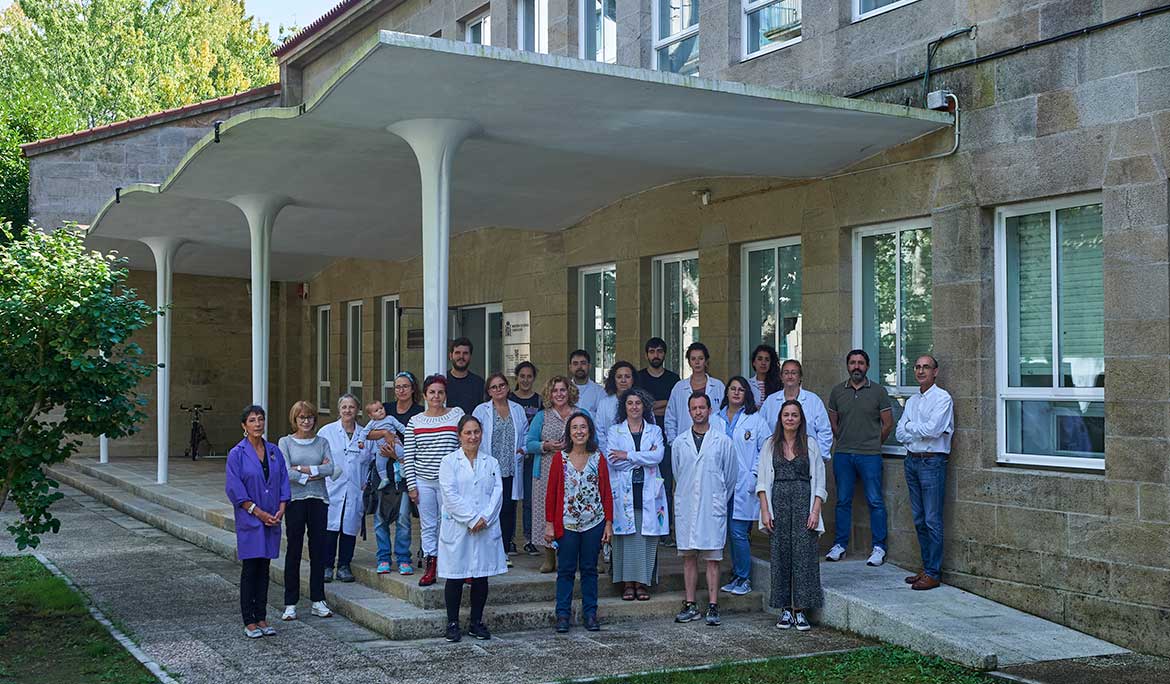Tipo de publicación:
Revistas indexadas en la Web of Science o en SCOPUS
Enlace a publicación:
https://doi.org/10.1016/j.envpol.2023.121161
Abstract
Reducing the toxicity caused by antibiotics on bacterial communities in the soil is one of the great challenges of this century. For this, the effectiveness of amending the soil with different bioadsorbents such as crushed mussel shell (CMS), pine bark (PB) and biomass ash (BA), as well as combinations of them (CMS + PB and PB + BA) was studied at different doses (0 g kg−1 to 48 g kg−1). Soil samples were spiked, separately, with increasing doses (0–2000 mg kg−1) of cefuroxime (CMX), amoxicillin (AMX), clarithromycin (CLA), azithromycin (AZI), ciprofloxacin (CIP) and trimethoprim (TMP). Their toxicity on bacterial growth was estimated using the tritium-labeled leucine (3H) incorporation method. Toxicity was observed to behave differently depending on the antibiotic family and bioadsorbent, although in different magnitude and at different doses. The toxicity of β-lactams (AMX and CXM) was reduced by up to 54% when the highest doses of bio-adsorbents were added due to the increase in pH (CMS and BA) and carbon (PB) contribution. Macrolides (CLA and AZI) showed slight toxicity in un-amended soil samples, which increased by up to 65% with the addition of the bio-adsorbents. The toxicity of CIP (a fluoroquinolone) increased with the dose of the bio-adsorbents, reaching up to 20% compared with the control. Finally, the toxicity of TMP (a diaminopyrimidine) slightly increased with the dose of bio-adsorbents. The by-products that increase soil pH are those that showed the highest increases of CLA, AZI, CIP and TMP toxicities. These results could help to prevent/reduce environmental pollution caused by different kinds of antibiotics, selecting the most appropriated bio-adsorbents and doses.
Grupos:
GRUPO DE REFERENCIA COMPETITIVA DE CONSERVACIÓN Y MEJORA DE SISTEMAS AGROFORESTALES
